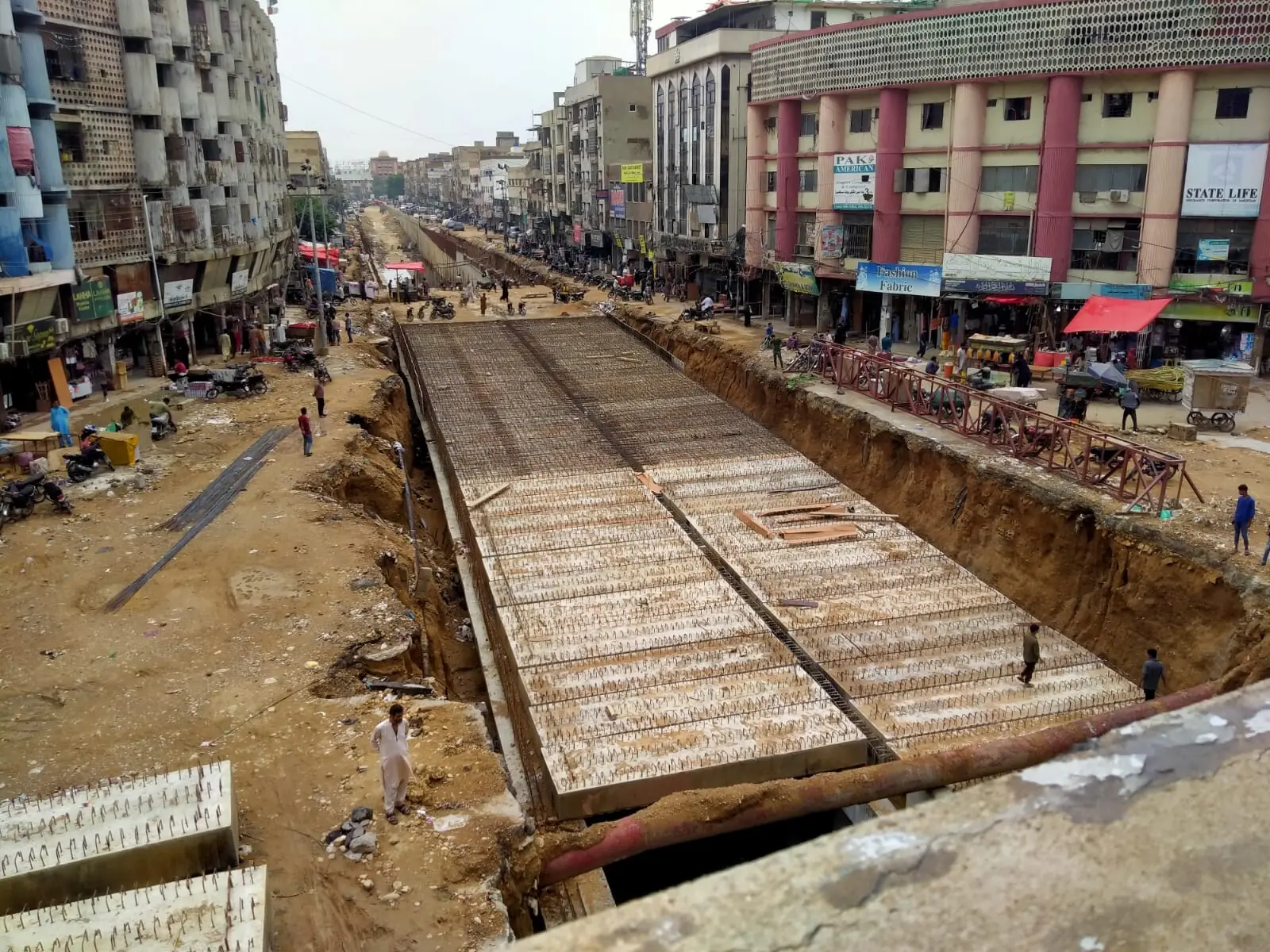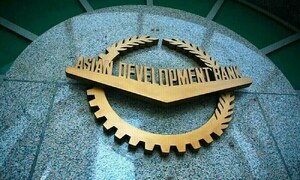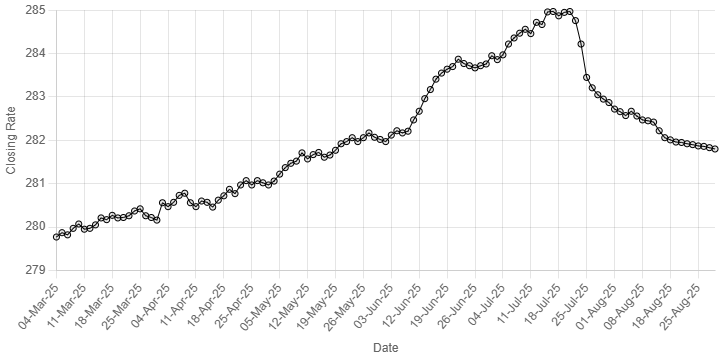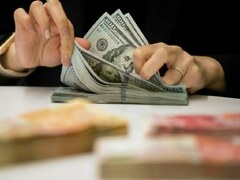EDITORIAL: There are efforts from the power sector stakeholders to start moving towards deregulation of this sector. However, there are a number of issues that have to be resolved in order to make the plan feasible for all the players. Exclusivity of all power distribution companies (Discos), including K-Electric), is to end by July 2023.
Thereafter, other players would have the option to sell in the market. The puzzle to be solved is how to make it equitably viable for all. There are three different models that can operate. One is in areas such as Bahria Town and DHA City in Karachi where there is partial or no transmission and distribution system by Discos. In such areas, the area management is currently using a mix of K-Electric (KE) network and captive (self) generation.
Once the exclusivity of Discos ends, new entrants can supply. It is good to have competition to kick in because of a variety of reasons, including stranded costs or cross-subsidy elements. And in such areas where the supply is exclusively captive in the absence of any Disco, electricity bills of consumers are usually high due to inefficient plants and use of expensive fuels. There is an example in Islamabad where DHA City obtained a distribution licence and later surrendered it as the system was too complicated for them to handle.
According to the second model, in the areas of Discos’ current operations, any third player could come in and compete in distribution business. Here the provisioning of transmission is to remain with the Discos or the government entities. For that, the wheeling charges are to be paid to Discos by new entrants for use of their distribution network infrastructure for distribution businesses. The impact of these costs is more visible here.
The third model is the CTBCM (competitive trading bilateral contracts market) model. In this case, there would be multiple sellers. Consumers can opt for short-term or long-term buying. Both capacity and energy can be purchased in the open market. But it appears to be a far-fetched idea. Till the time current PPAs (power purchasing agreements) are in place, this is not happening. Currently, no bank would finance any power plant without surety of buyers.
The beginning towards third-party participation in power distribution after ending of the exclusivity of the existing Discos would most likely be under the second model. And the dispute between the government and the regulator, National Electric Power Regulatory Authority (Nepra), is over wheeling charges.
According to an exclusive report recently carried by this newspaper, the government is unhappy with “unfair” determination by Nepra on wheeling charges. The government’s argument does carry some meaningful weight, so to speak, as Discos may become financially unviable if wheeling charges are kept too low.
But at the same time Nepra plausibly argues why good consumers should pay for the inefficiencies of the Discos. A mid-way solution is therefore warranted to push Discos to improve operational and financial efficiencies while cushioning them against the new challenges to their survival.
Globally, standard cost is either taken up by governments or passed on to regulated consumers or recovered from consumers moving to open access. Asking network operators like Discos, including KE, to absorb this cost has no precedence across the globe.
In Pakistan, since the government is fiscally strapped and regulated tariff is already unaffordable, the optimum solution is to recover those from consumers as open access cost and the same has already been approved in the National Electricity Policy 2021.
There are three components of wheeling. One is charge of distribution assets. That is to recover the investment in wires and other infrastructure required for transmission and to cover the cost of maintenance of non-food consumables. That part is allowed by Nepra and is estimated at Rs 1.5-2/Kwh.
The second component is of stranded costs, which is the cost associated with the assets Discos have installed and erected in transmission system for providing certain load in an area. For example, if a Disco is supplying 500MW of power to an industrial area, it has invested in the grid infrastructure to provide the sanctioned load.
Now with wheeling opening, any new player can come up with solar or wind power plants and supply 100-150MW load. Consumer would take it, as the variable cost of new plant would be low and overall energy cost will reduce. However, for the Disco, it would be disadvantageous.
Why? The answer is it has invested for 500MW, and that cost is inbuilt in tariff to recover but the supply would be around 350-400MW and the remaining stranded cost would not be recovered. And consumers would want full sanctioned load as renewable supply is variable, with days of little or no supply. There is no recovery of differential load.
Even if the Disco reduces the sanctioned load to 350MW in that area, the cost is already incurred, and the existing assets would become redundant. Plus, it must maintain the assets. That makes the case of revising wheeling charges upwards somehow justifiable. But here Discos, including KE, should not brag about the investments that are ages-old and where the investment costs are already recovered.
The third component of the cost is cross-subsidy. The tariff is determined on the average cost basis. AT&C (Aggregate Technical and Commercial) losses are distributed amongst good and bad consumers alike as determined timely payments for electricity billed.
When new players come in, they would have a natural inclination to supply to good consumers and leave behind the bad ones for existing Discos. For example, in case of KE, industrial areas and residential localities such as DHAs and Clifton are likely to be picked by new players, leaving troubled areas behind in KE’s basket.
That would increase the distribution losses and lower the recovery. Recently, the Power Minster has asked KE to modernise its system and conduct revenue-based load-shedding from transformer (PMT) level instead of feeder level.
The company should improve its losses in bad areas so that cross-subsidy element could be reduced. The bottom line is that the government is right in saying that the wheeling charges proposed by Nepra are too low and should be revised. Nepra is proposing Rs 1.5-2/Kwh while Discos are demanding around Rs 8/Kwh — an in-between figure should not be difficult to be agreed upon to set the ball rolling.
Copyright Business Recorder, 2022






















Comments
Comments are closed.